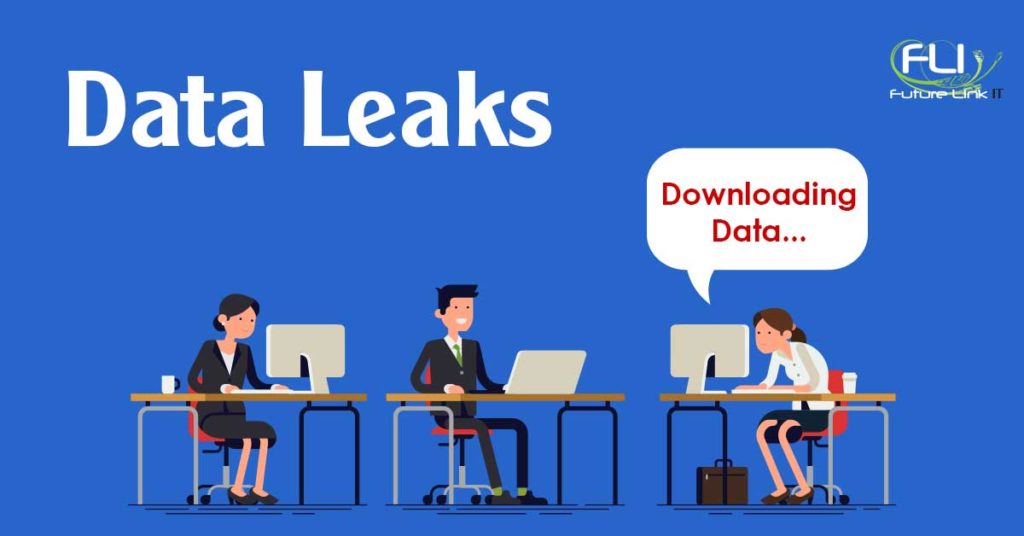Many IT professionals rightly focus on external threats to their network security. Indeed, just one successful outside hacker or a denial-of-service attack can be enough to sideline systems for days. But today’s organizations are increasingly seeing insider leaks, which can be even more problematic because of the sensitive information available and the difficulty in detecting leaks when they occur.
Just last year, in the 2019 Insider Threat Report, Nucleus Cyber reported that 6 in 10 organizations have experienced at least one insider attack within the past year. And not all insider IT issues are deliberate; many harmful data breaches are the result of an employee’s negligent or inadvertent leak.
Is your organization just as protected against insider breaches as it is against outside attacks? Learn how companies can evaluate the strategies and tools they’re using to protect sensitive systems and data.
What Threats Do Insider Breaches Pose?
Insider breaches can be more harmful to companies in two main respects.
Detection
Many organizations have either fully shifted to cloud computing or are in the process of moving certain data and functions to an offsite server. While cloud computing can provide some major benefits to organizations of all sizes and types, it also makes it much tougher to detect an inadvertent employee breach. Often, the first sign of an employee breach occurs when this leaked data is discovered and exploited by an outside attacker.
In the 2019 Insider Threat report, 56 percent of all respondents reported that detecting insider attacks has become “significantly to somewhat” harder since moving to the cloud. And for some organizations, the outbound security processes and protocols that worked well pre-cloud had not yet been updated to account for changes in structure.
Data Access
Firewalls and other measures used to combat outside threats create virtual walls around sensitive information, files, and programs.
But employees often need unfettered access to this data to do their jobs. This can pose a risk, and protecting against leaks and breaches can be much more complex than simply walling off data. And with more and more employees using personal devices to access their email, company logins, and other work-related applications over unsecured networks, IT professionals have found it tough to bridge all these security gaps.
How Can Organizations Prevent (and Remediate) Employees’ Data Leaks?
Most companies must adopt a multifaceted approach to combat insider threats. These can include user training, internal IT security governance programs, user activity monitoring, and two-factor authentication. Educating employees on which of their activities are high-risk can go a long way toward reducing the overall risk to your organization. Many companies are also requiring employees who work offsite to use a VPN to access network files instead of relying on their home internet or unsecured public Wifi.If you’re wondering whether your own organization’s protective mechanisms and policies could be updated, look no further than the IT professionals at FutureLink IT. We’ll help you evaluate the measures currently in place, assess your risk, and create a customized plan. Just click here to schedule your free 30-minute phone consultation with one of our experts.

